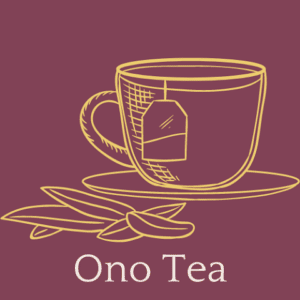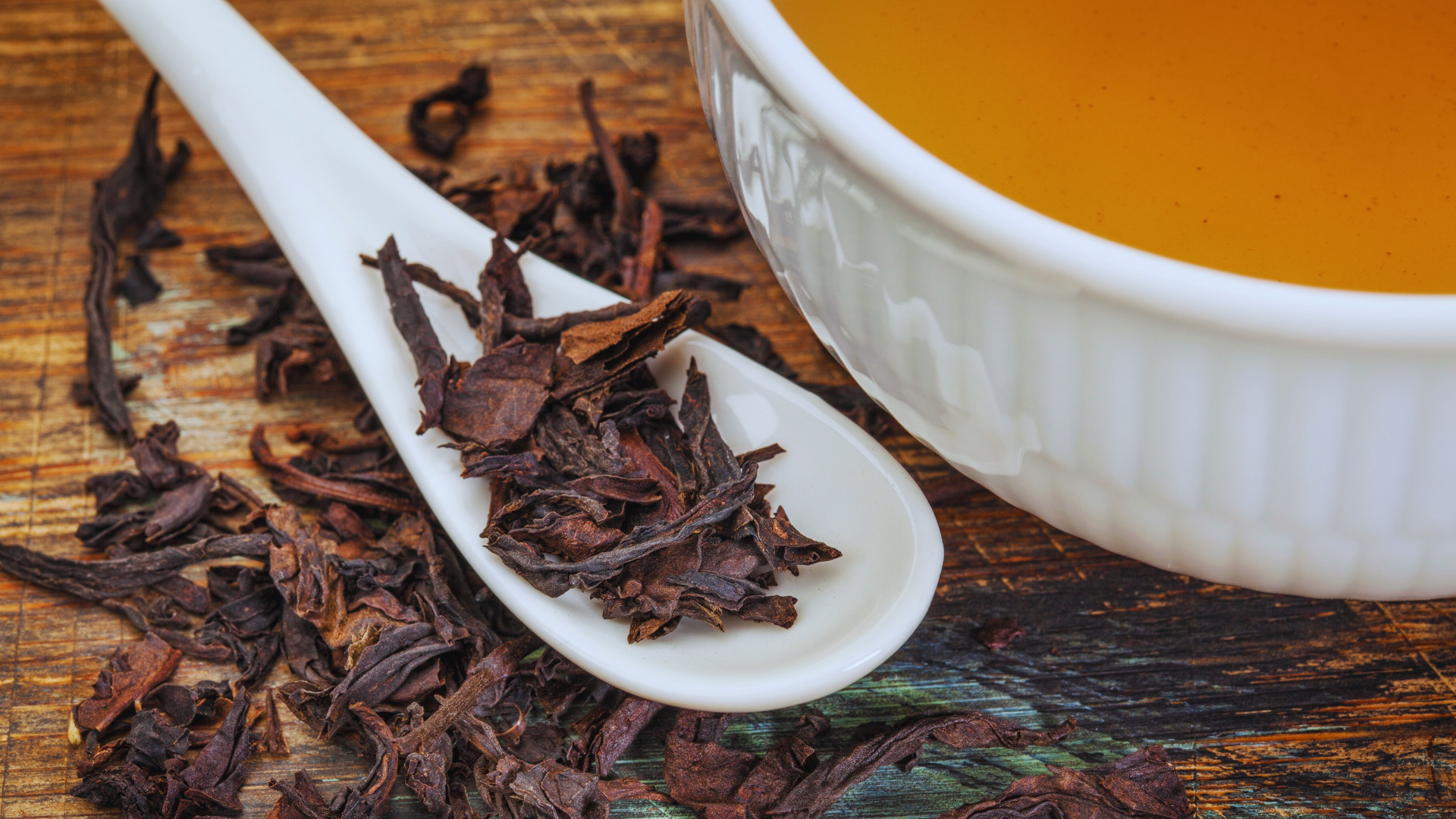Looking for a delicious and healthy beverage to add to your daily routine? Look no further than oolong tea! Unlike black milk tea, which is widely available in cafés and restaurants, oolong milk tea is more of a specialty item.
Oolong milk tea is a delicious beverage that mixes the distinctive tastes of oolong tea with the smooth sweetness of milk. This results in a drink that is both flavorful and satisfying.
Oolong tea is made from partially fermented tea leaves, giving it a unique flavor profile that is somewhere between black tea and green tea. This drink is popular in many Asian countries, especially Taiwan, where it is known as “oolong cha.”
Not only is oolong tea high in antioxidants, but there is some evidence that drinking it can also help with weight loss, improve cardiovascular health, and even enhance cognitive performance.
In this article, we’ll dive into everything you need to know about oolong tea, from its history and production to its health benefits and how to prepare it. So sit back, relax, and discover the many benefits of this delicious and nutritious tea.
What Is Oolong Milk Tea?
As the name suggests, oolong milk tea is oolong tea that has been steeped and served with milk. Milk oolong is prepared using the Camellia sinensis plant and can be enjoyed cold or hot. There are different types of oolong whole milk teas, each with a unique flavor profile.
We would also like to draw your attention to the fact that both green and black tea come from the Camellia sinensis plant. Although oolong, black, and green tea are all made from the same Camellia sinensis plant, people typically consider oolong tea to belong in its own category.
The “oxidation process” provides oolong teas with the distinctive colors and flavors that set them apart. When people talk about “oxidation,” they refer to the length of time the Camellia sinensis leaves are exposed to air during the drying process.
The flavor of oolong tea is usually mild and floral because of the short oxidation process. The longer you allow the tea leaves to oxidize, the more robust and toasty the drink. According to most tea drinkers, oolong tea has a flavor that falls between green and black tea.
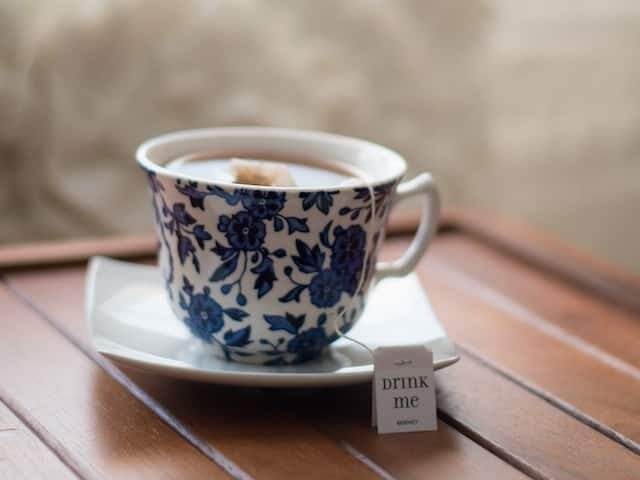
History of Oolong Tea
Oolong tea is a traditional Chinese tea with a rich history dating back to the early 18th century. The tea undergoes partial fermentation. The oxidation levels fall somewhere between black tea and green tea.
Originating in China’s Fujian province during the Ming Dynasty (1368-1644), oolong tea has been enjoyed for centuries. The tea was initially known as “Beiyuan tea” or “Wuyi rock tea” and was considered a tribute tea, reserved only for the emperor and other high-ranking officials.
During the Qing Dynasty (1644-1912), oolong tea production expanded beyond the Fujian province to other parts of China, such as Guangdong, Taiwan, and Guangxi. The tea’s popularity also spread to other countries, particularly Southeast Asia and Japan.
The name “oolong” was given to the tea by the Fujianese, meaning “black dragon tea” in Chinese. Legend has it that the name was inspired by the appearance of the oolong tea leaves, which were said to resemble the coils of a dragon.
Over time, oolong tea production techniques have evolved, and different regions have developed unique production methods. For example, Taiwanese oolong tea is known for its floral aroma and sweet taste, while Wuyi oolong tea from Fujian has a roasted flavor and a smoky aroma.
Today, oolong tea is widely enjoyed and available in many different parts of the world. Moreover, it is still an essential part of the “Chinese tea culture.” Its distinctive flavor and aroma make it a popular choice among tea connoisseurs and for traditional Chinese tea rituals.
What Kinds of Oolong Are There?
Suppose you hear people talking about “Wulong tea” or “Black Dragon tea.” Note that they are also referring to oolong milk tea. Oolong milk tea is a Chinese tea that undergoes partial oxidation. The oxidation scale sits between black and green tea.
Also, it’s worth noting that the flavor of oolong tea largely depends on the result of the oxidation process. Flavor profiles vary widely among oolong tea varieties, with some being more flowery and sweet and others being more robust and smoky.
As a reference point, black tea undergoes complete oxidation, whereas green tea remains unoxidized. The oxidation process that oolong tea goes through can be anywhere between 8% and 85%, depending on the variety.
At 8%, the flavor and richness of the tea are pretty sweet and flowery, while at 85%, they are deep and smoky. There are numerous varieties of oolong tea, and the colors of this tea can range from light to dark. There are, however, four basic kinds of oolong tea, and they include:
• Chinese Oolong Tea
Chinese oolong, or “Dan Cong,” is mainly produced in China’s Guangdong Province. Dan Cong literally translates to “single bush.” Most people may also refer to this tea as “Phoenix tea.”
The name “Dan Cong” comes from the fact that only one tea tree is used to produce this Chinese oolong tea.
This Chinese oolong tea undergoes medium to heavy oxidation and has an orange-to-amber color. Plus, the taste of this tea is usually fruity, floral, and spicy, with hints of grapefruit and ginger.
• Wu Yi Oolong
Wu Yi Oolong, or “Da Hong Pao,” undergoes heavy oxidation and roasting. Plus, it has an orange color and typically tastes caramelly, smokey, and toasty. One interesting fact about these tea leaves is that they come from an ancient tree that has existed since the Ming era.
Also, because the tea plants are so old, you may anticipate paying a hefty price for the tea. The price of one kilogram of the tea plant, which is roughly the size of a pineapple, is 1.3 million dollars. Originating in China during the Ming dynasty, this tea is considered the holy grail of tea.
• Taiwan Oolong (Gaoshan)
To make this Taiwanese tea, Taiwanese farmers travel to the country’s highest mountain regions to harvest tea leaves. These elevations are higher than 1,000 meters (3,000 feet). Taiwan oolong comes in many different flavor profiles and is harvested twice a year, in the spring and fall.
Taiwan oolong undergoes no-to-light oxidation. Plus, it has a pale yellow to vibrant yellow color and a buttery, piney, and floral taste.
• Milk Oolong (Jin Xuan)
Milk oolong is a one-of-a-kind tea that combines the taste of traditional tea with that of milk. Although the name implies otherwise, oolong milk tea has no milk. If there were such a thing as a beverage that muddles the taste buds, this would undoubtedly be it.
Milk oolong bubble tea has a creamy, floral, and milky taste. Also, this creamy oolong milk tea has an almost clear yellow color and undergoes very light oxidation.
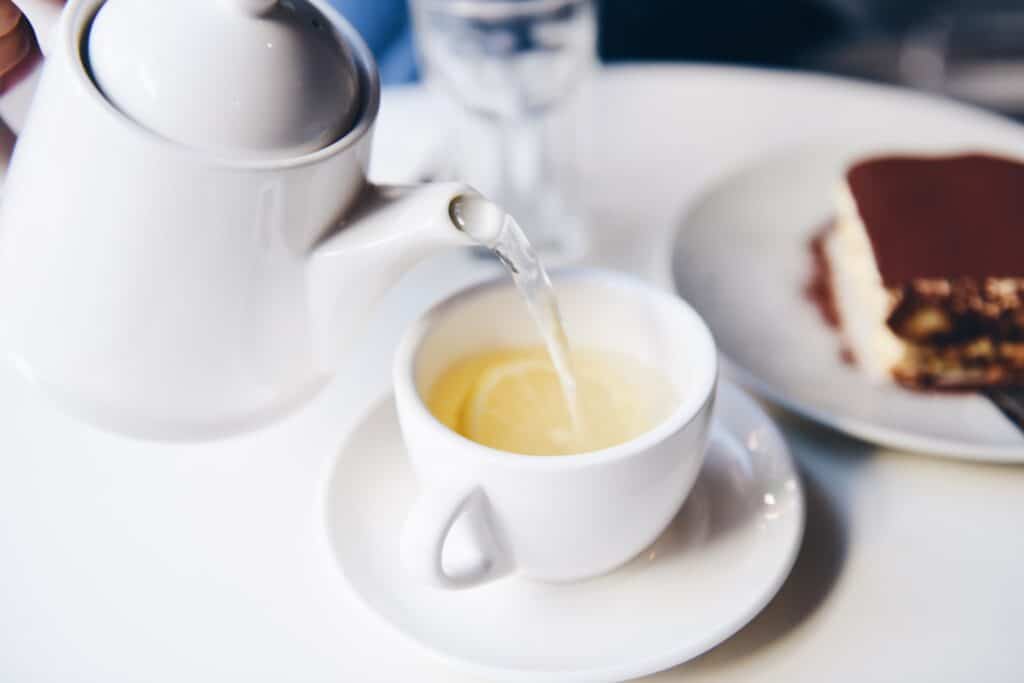
What Does Oolong Milk Tea Taste Like
Oolong tea comes in many varieties, each with its own flavor profile. Oolong tea, as a whole, has a softer flavor than more robust varieties of tea, like black tea. Oolongs generally have a honeyed, fruity, and woodsy aroma and flavor.
Oolongs also have a roasty undertone. Oolong milk tea, which is the bubble tea version of oolong, typically has a very sweet and creamy flavor. However, adding oolong tea to the milk base enhances the overall taste.
Oolong Milk Tea Benefits
Oolong milk tea is a popular beverage that combines the unique taste of oolong tea with the creaminess of milk. This delicious drink is enjoyed by many people worldwide and comes with numerous health benefits. The health benefits of consuming oolong milk tea include the following:
• Great for Weight Loss
Studies show that oolong tea helps speed up the metabolism and aid in weight loss. The caffeine and catechins in oolong tea can help boost your metabolic rate and stimulate fat oxidation, which contributes to weight loss.
Also, if you want to feel fuller for longer and avoid overeating, adding milk to your oolong tea is a great idea.
• Supports Heart Health
Oolong tea contains polyphenols, which studies show help lower the risk of developing cardiovascular disease. Polyphenols help improve blood flow, lower blood pressure, and reduce cholesterol levels. Adding milk to oolong tea does not diminish its heart-healthy benefits but may even enhance them.
• Improves Brain Function
Oolong tea contains caffeine, which can help boost memory, focus, and other aspects of cognitive performance. Theanine in oolong tea also promotes relaxation and reduces stress and anxiety.
• Boosts Immune System
Oolong tea is rich in antioxidants, which help strengthen the immune system by protecting cells from potentially damaging free radicals. Also, note that oolong tea retains all its antioxidant benefits, even after adding milk.
• Promotes Healthy Skin
Oolong tea’s antioxidants are also good for your skin; they help make your skin look and feel great. Plus, it protects your skin from environmental toxins and sun damage. Furthermore, oolong tea’s mineral composition helps prevent dehydration, eases dryness, and leaves skin looking fresh and youthful.
In addition to its antioxidant properties, oolong tea also contains niacin, which helps improve skin elasticity and reduce the appearance of wrinkles. Adding milk to oolong tea can also help moisturize the skin and promote healthy skin cells.
• Reduces the Risk of Cancer
Studies show that oolong tea has anti-cancer properties. The tea’s polyphenols and other anticancer compounds can help prevent cancer cell growth.
• It Helps Improve Gut Health
A high-sugar diet, underlying diseases, sleep disturbances, and weight gain or loss are many reasons people develop gut health issues. Most people rely on probiotics to improve and maintain their gut health.
Oolong tea’s antibacterial and antioxidant properties make it a healthy alternative to synthetic probiotics. Oolong tea can help soothe intestinal issues and improve digestive health by reducing the number of harmful bacteria in the intestines.
Its alkalizing properties make it helpful in treating acid reflux, stomach pain, and inflammation.
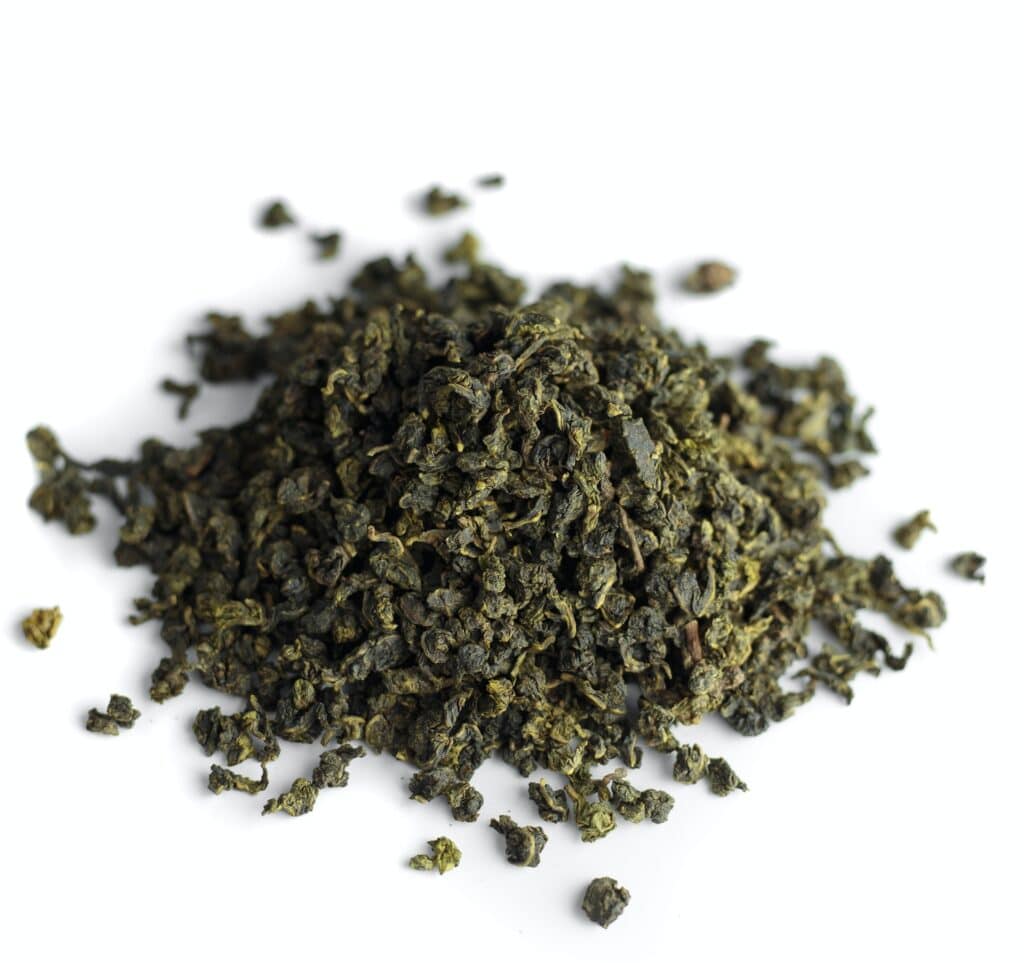
Oolong Milk Tea Recipe
Here’s how and what you need to make oolong milk tea:
Oolong Milk Tea Ingredients
- Two tea bags or loose-leaf tea (2 tbsp)
- Milk (1 cup)
- Water (2 cups)
- Sweetener (brown sugar or honey). Optional.
- Ice cubes (for cold milk tea)
Equipment
- Teapot or saucepan
- Strainer
- Glass or mug
- Whisk (optional)
Instructions
- Boil the water: Bring two cups of water to a boil in a teapot or saucepan.
- Steep the oolong tea: Add two tablespoons of loose-leaf oolong tea or two tea bags to the boiling water. Let the leaves or tea bags steep for about five minutes or until the tea is strong enough for your taste.
- Strain the tea: Once it is strong enough for your taste, strain it into another container to remove the tea leaves or tea bags.
- Add milk: Pour one cup of milk into the container with the tea. If you prefer your milk tea sweeter, you can add sugar or honey at this point and stir until it dissolves.
- Mix thoroughly: Thoroughly mix and combine the milk and tea using a whisk or a spoon.
- Serve hot or cold: If you want to enjoy your oolong milk tea hot, pour it into a mug and serve. If you prefer iced oolong milk tea, let it cool down, and then add some ice cubes to a glass before pouring in the tea.
Tips
- Use fresh, high-quality oolong tea for the best flavor.
- Add honey or brown sugar syrup to the tea to taste.
- Tastes vary, so feel free to adjust the sugar and milk ratio to your liking. Some people prefer a creamier and sweeter tea, while others like their tea with a more robust flavor.
- To enhance its taste, you can also add other flavors to your oolong milk tea, such as vanilla or cinnamon.
- You can use oolong tea bags if you don’t have loose-leaf oolong tea. Just make you remove the tea bags or leaves once the tea is steeped.
- Try experimenting with different types of milk (e.g., soy milk or almond) to create a dairy-free version of oolong milk tea.
- Serve: Pour the oolong milk tea into a cup and enjoy! Optional: You can also add tapioca pearls (boba) to your milk tea for a fun and chewy texture.
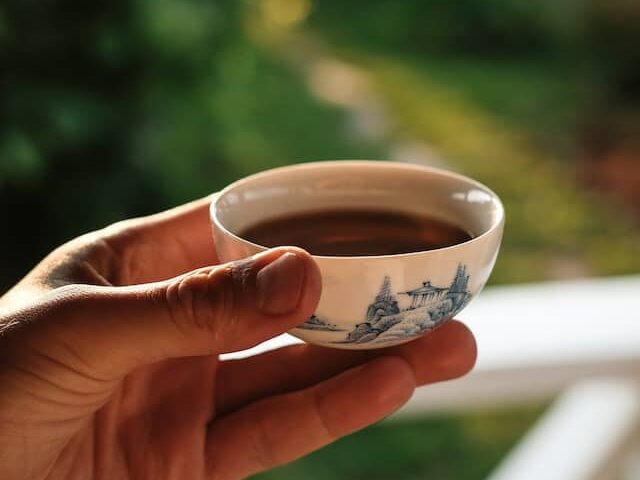
Is Oolong Milk Tea the Same Drink as Milk Oolong Tea?
Although oolong milk tea and milk oolong both sound like the same tea, they may really refer to two different beverages, depending on who you ask. Milk oolong lacks flavoring and tastes very much like milk and butter.
However, when you hear people talk of “oolong milk tea,” they usually mean “boba” or a type of “bubble tea.” This tea has an oolong base which is enhanced by the addition of several ingredients, such as sweetener, milk, and tapioca pearls
Is Oolong Milk Tea Healthy?
Oolong tea is a very healthy beverage. Experts believe drinking this tea can help reduce stress and improve gut health and brain activity. Unlike most bubble teas, oolong milk tea doesn’t contain much sugar, making it a more nutritious beverage. Cut back on the sugar syrup you add to the tea to make it even healthier.
Conclusion
In conclusion, oolong milk tea is a delicious and healthy drink that combines the flavors of oolong tea with the creaminess of milk and the sweetness of sugar. It is an excellent choice for those who want to enjoy tea’s health benefits while indulging in a satisfying and comforting drink.
One of the great things about oolong milk tea is that you can enjoy it hot or cold; it tastes great either way. Oolong milk tea is sure to be a favorite among tea lovers and non-tea drinkers alike.
